Keeping a Rainbow Lorikeet as a Pet
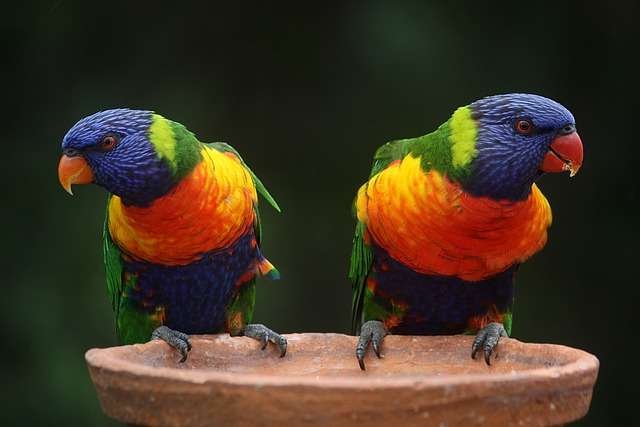
If you want to get a pet bird, there are many popular species to choose from, but the Rainbow Lorikeet is probably the most entertaining.
The Rainbow Lorikeet is a common sight in northern and eastern Australia’s rainforests, backyards, and parks. They have vibrant personalities and stunning appearances, complete with effervescent and fun colours. They are tropical lorikeets that can live for up to 20 years and measure about 30cm in length.
Rainbow lorikeets are excellent talkers who can understand a wide range of words and phrases. They have to compete with many other voices in the large groups that they congregate in the wild, which is why they are such loud birds, in my opinion.
They squawk frequently and have a high-pitched voice. They enjoy being the centre of attention, and once they have it, they usually stop squawking, but there are no guarantees because each bird is unique. If the noise level becomes intolerable, consider getting him/her a companion and a larger cage with plenty of toys. You could also try ignoring them, covering the cage, or turning off the lights.
Rainbow Lorikeets can range in price from $100 to well over $1,000. They make excellent pets for people who have a lot of free time to devote to them because they adore attention and enjoy playing.
They adore toys and need a plethora of them to keep their minds and beaks occupied. Because they are very active and playful, they require plenty of space to move around and stretch their wings; the larger the cage, the better. Toys that can be chewed, wrestled, and played with are preferable, as are toys made of rope, leather, bells, and wood. Swings are an excellent way to keep them fit and strong. Perches of various sizes are required for their feet, and the best material is wood.
Give your Rainbow Lorikeet lots of attention
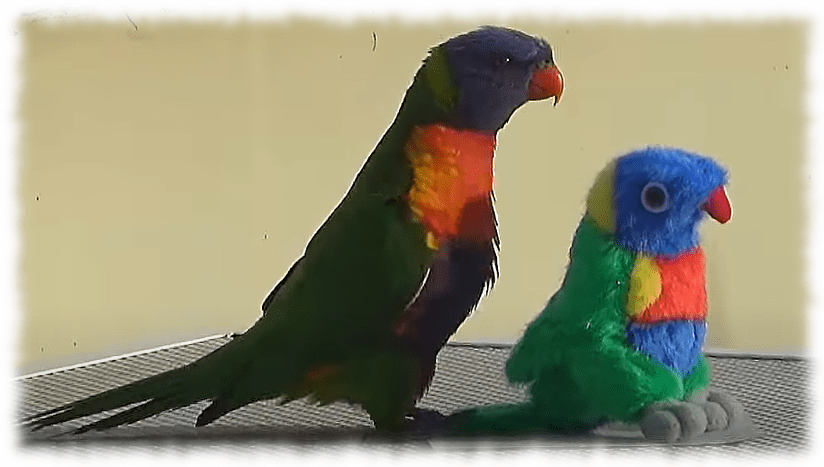
Because of their softer bites, smaller lorikeets often make better pets, especially with kids but the two lorikeet species that are most frequently kept are the larger Rainbow and Scaly-breasted Lorikeets.
Rainbow lorikeets enjoy dancing around and can be quite amusing to watch at times. They also enjoy chit-chatting with you and maybe this is why some people say they like listening to talk back radio. Rainbows are great for entertainment and will enjoy your company. All lorikeets are mischievous and active, but their messy eating and toiletry habits necessitate an owner who is scrupulous about cleaning up after them and willing to put in the time to care for them.
Hand-raised lorikeets, both male and female, can be trained to talk and make excellent pets for those with the time to devote to them. They do, however, require daily handling and attention or they will stop wanting to be held or sit with you. Because lorikeets are such outgoing and social creatures, you need to be prepared for just how much time they require from a companion. If you are unable to provide them with the attention they require, buy them a friend who can.
Most people would agree that keeping a pair of lorikeets in an aviary is far preferable because they will form bonds with one another and thus require less of the owner’s time. Even though owners frequently enjoy the chatter and high-pitched shrieks that lorikeets make in large groups, neighbours may not, especially early on a beautiful spring morning.
Rainbow lorikeets can reproduce all year, laying up to two eggs each time. They begin to breed around the age of twelve months, either in pairs in individual aviaries or in colonies. A healthy lorikeet is bright and active, with smooth feathers. Make sure the eyes are bright and clear, the beak is clean, and no feathers are broken. In addition, the feet should be clean and have short nails.
In most cases, determining the sex of a Rainbow Lorikeet is extremely difficult because male and female lorikeets look identical. If you care about an individual’s sex, surgical sexing by a veterinarian or DNA analysis of a feather is used to determine it.
Your Rainbow Lorikeet requires a special diet
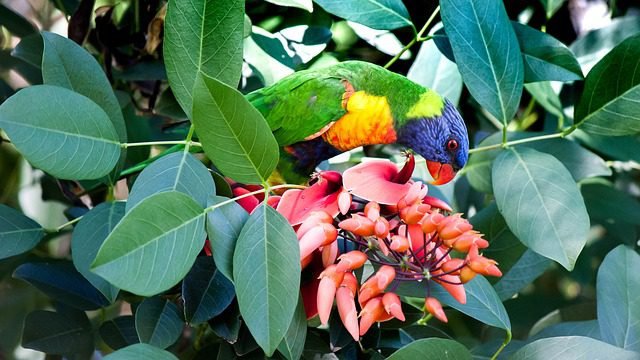
Unlike most parrots, rainbow lorikeets do not eat seed; instead, they feed on nectar and pollen from plants and flowers in the wild.
Lorikeets have a brush-like tongue for collecting nectar, pollen, insects, fruits, and berries. They should be fed a variety of fruits and blossoms, as well as a nutritious nectar mix.
Wombaroo Lorikeet and Honeyeater mix checks all the boxes for a balanced diet and is available at Pet Circle, Petbarn, and other reputable pet stores. Apples, pears, strawberries, grapes, melon, peaches, and cherries are examples of fresh fruits that mimic natural nectar for pet lorikeets.
Vitamin and calcium supplements should also be given on a regular basis.
Never feed them chocolate because it is toxic to birds and they cannot digest it, resulting in serious illness. Avocado is also extremely toxic to Lorikeets.
If you give them stone fruit during summer, remove it after a short period of time. Before offering fresh food, uneaten food should be removed from the bowls and thoroughly cleaned.
Your Rainbow Lorikeet absolutely loves water
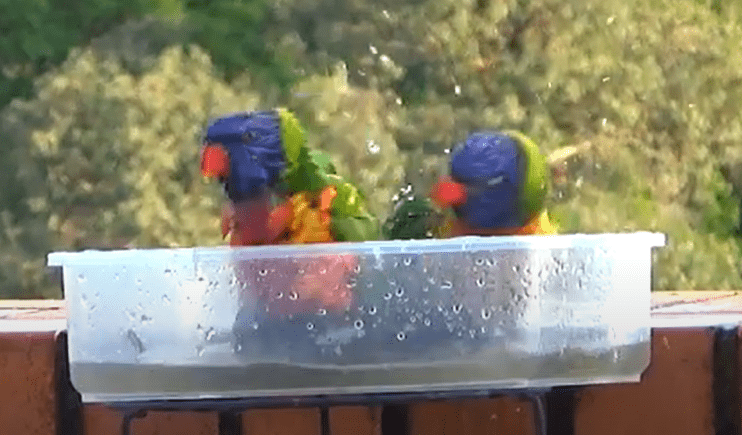
Include a bird bath and plenty of fresh water; lorikeets adore and, dare I say, are obsessed with water; they enjoy splashing around. Furthermore, when it rains or the sprinklers are turned on near them, they begin to act strangely and amusingly.
A single lorikeet can live quite happily in a large flight cage inside the house, but it will need plenty of chances to fly around and spend time with the family to stay happy and healthy. However, you should be aware that they produce extremely wet droppings and will chew just about anything they come into contact with if left unattended, so some home preparation is required before letting them loose and having fun.
Your Rainbow Lorikeet will need a flight cage
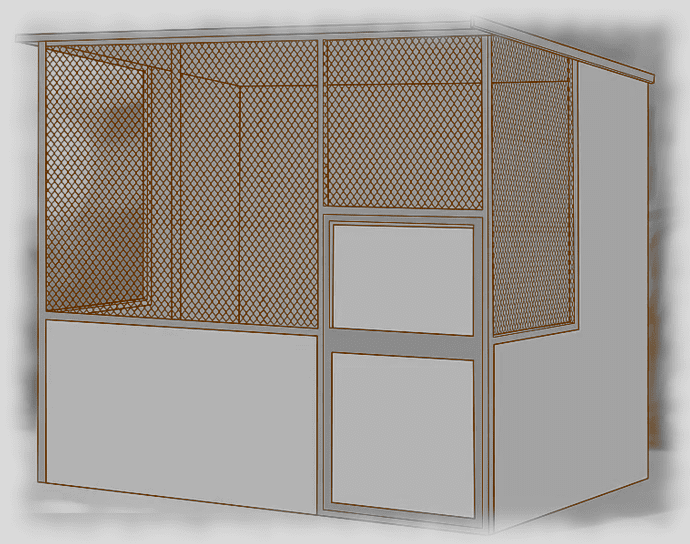
Small Australian lorikeets will happily live in pairs in an aviary if it is large enough and they don’t feel too crowded, and they can even share the space with other species such as finches. However, mixing species necessitates some research to ensure that there will be no territorial fighting, so it is worthwhile to seek the advice of an experienced bird breeder.
Aluminum aviaries are far superior to wooden ones for lorikeets because they are easier to maintain and clean and they will last a very long time. Because these birds produce such a huge amount of wet poop, having a sloped floor or base to the cage that can be pressure cleaned or hosed is the best option. Suspended aviaries that allow droppings to fall through onto the ground help to keep the birds clean and healthy.
To prevent predatory or other birds from attacking your lorikeets through the wire, use a double layer of wire on the cage with a gap of about an inch between each layer.
They having eucalypt branches in their aviary as perches and climbing frames. You will need some sort of pipe or holder to place tree branches and flowers in and once they get shredded, it can make removing and replacing the foliage easier.
You can provide some protection from the elements by covering a portion of the aviary’s roof and walls and ensuring that the area receives summertime shade from trees or shadecloth.
Maintaining good aviary hygiene standards and offering a balanced diet are essential for lorikeet health. Symptoms of illness may include ruffled feathers, diarrhoea, vomiting, watery eyes, and a lack of energy. They might spend a lot of time in one place, sleep a lot, and possibly lose their balance. It is crucial to act quickly because by the time a bird exhibits symptoms of illness, it has likely been developing for some time.
When dealing with health issues for lorikeets, it is always far better to seek the advice of a veterinarian rather than trying home remedies and various tips from neighbours or the internet, as it is difficult to diagnose the problems and making a mistake could result in their premature death. Keep them warm until you can get him/her to the vet.



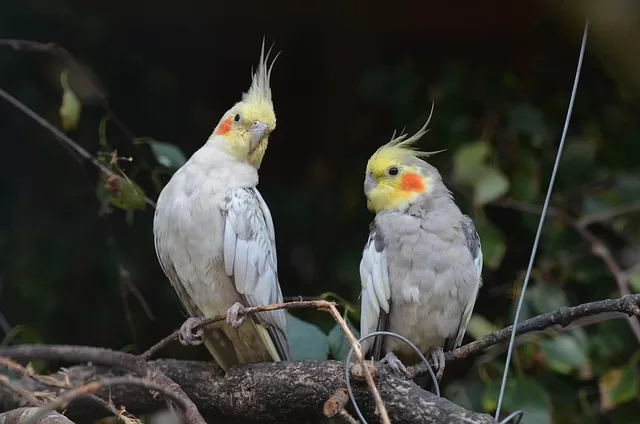
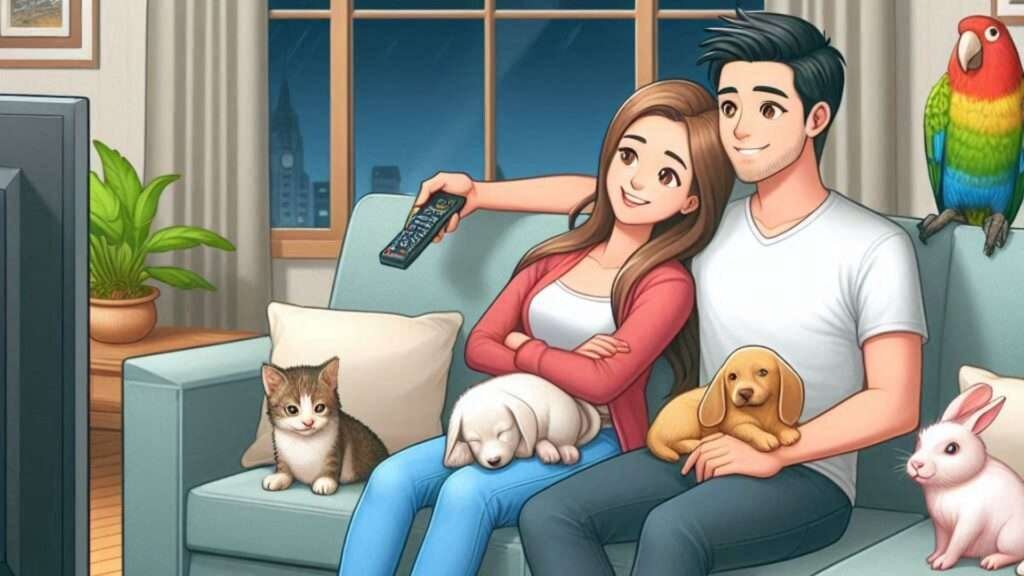
[…] HOW TO CARE FOR A PET RAINBOW LORIKEET […]
[…] The sociable and highly energetic Rainbow Lorikeets are a happy burst of colour and song. Even though they can’t mimic as well as other parrots can, they can still learn basic words and add a lively touch to any home. Just keep in mind that they require lots of space to climb and have a sweet tooth for nectar. If an older person is looking for a happy companion bird, the Rainbow Lorikeet could be the perfect bird companion. Rainbow Lorikeets are another bird that I have written about in the past, so for more information on top of what I provide in this article, please visit my Blog Article about these amazing birds on the ‘My Pet Support’ website and here is the link. […]